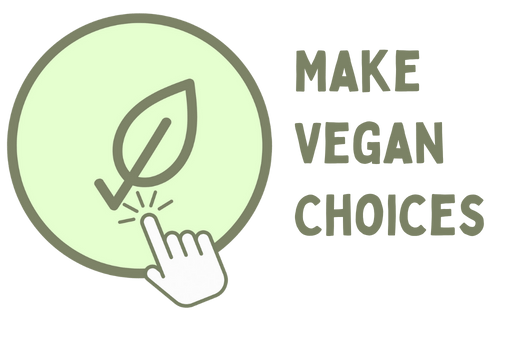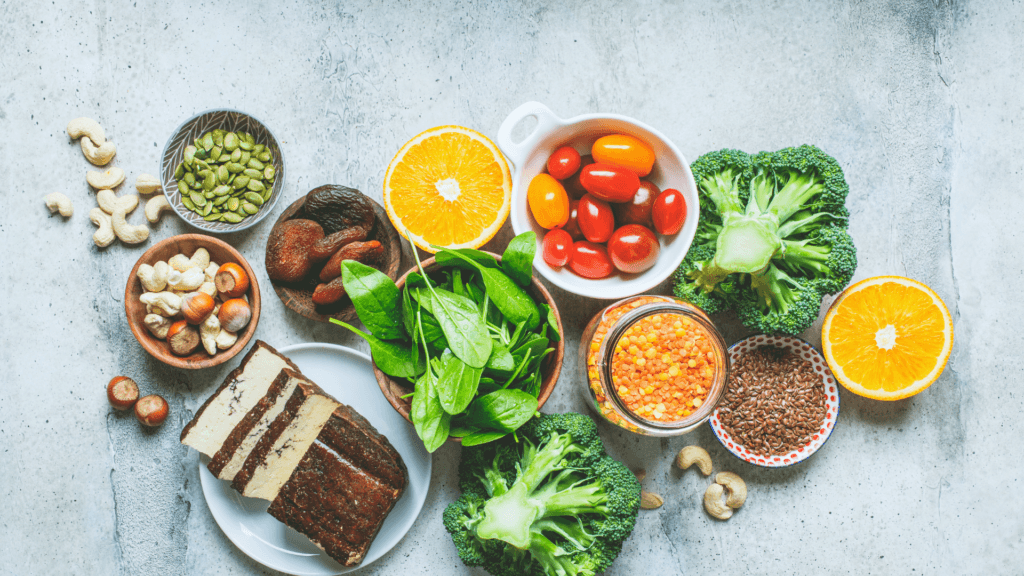The Iron Myth: Can Vegans Really Get Enough?
Switching to a vegan diet often sparks questions about nutrition, especially when it comes to iron. For many, the fear of deficiency looms large, but here’s the good news: you can absolutely meet your iron needs without popping supplements. Personally, I’ve navigated this journey myself, and with a little know-how, it’s easier than you might think. So, let’s dive into how you can keep your iron levels thriving on a plant-based lifestyle—naturally.
Why Iron Matters More Than You Think
First off, iron isn’t just another nutrient on the checklist—it’s a powerhouse. This mineral fuels oxygen transport in your blood, keeping energy levels up and fatigue at bay. However, vegans need to pay extra attention because plant-based iron (non-heme iron) isn’t absorbed as efficiently as the heme iron found in meat. That said, don’t let this discourage you! With smart strategies, your body can still get what it needs.
Top Plant-Based Iron Sources to Love
Curious about where to find iron without supplements? Thankfully, nature’s got your back with some stellar options. Lentils, for instance, pack about 6.6 mg of iron per cooked cup—pretty impressive, right? Meanwhile, spinach offers around 2.7 mg per cooked cup, making it a versatile green to toss into meals. Then there’s quinoa, delivering roughly 2.8 mg per cooked cup, doubling as a protein boost.
Beyond these, don’t sleep on fortified cereals (check labels for 4-18 mg per serving) or pumpkin seeds (2.5 mg per ounce). Even dark chocolate sneaks in 3.4 mg per ounce—proof that healthy eating can feel indulgent. Variety keeps things exciting, and honestly, who doesn’t love a little chocolate in their day?
Nature’s Iron Powerhouses: Top Vegan Sources
1. Legumes: The Foundation of Plant-Based Iron

Beans, lentils, and chickpeas provide a powerful combination of protein and iron, making them nutritional cornerstones in a vegan diet:
- Lentils (6.6 mg per cup, cooked) – These versatile legumes can transform soups, salads, and grain bowls while delivering nearly half of your daily iron needs.
- Chickpeas (4.7 mg per cup, cooked) – Beyond delicious hummus, chickpeas shine in curries, roasted as snacks, or blended into plant-based meatballs.
- Black Beans (3.6 mg per cup, cooked) – A staple in many cuisines, these beans provide substantial iron alongside magnesium and potassium.
- Soybeans (8.8 mg per cup, cooked) – Often overlooked, whole soybeans offer one of the highest iron contents among legumes.
2. Dark Leafy Greens (More Than Just Calcium)
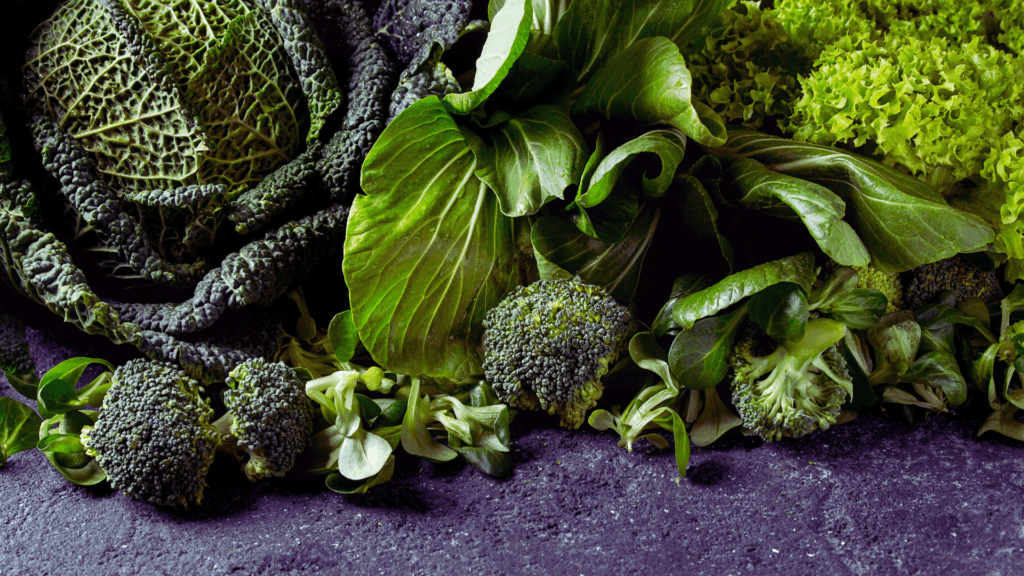
While leafy greens vary in iron bioavailability, they remain important sources in a balanced vegan diet:
- Spinach (6.4 mg per cup, cooked) – Though high in iron, spinach contains oxalates that can reduce absorption. However, pairing with vitamin C foods mitigates this effect.
- Kale (1.1 mg per cup, cooked) – Lower in iron but more bioavailable than spinach and packed with vitamins A, C, and K.
- Swiss Chard (4 mg per cup, cooked) – This colorful green provides substantial iron with less oxalate content than spinach.
- Collard Greens (2.2 mg per cup, cooked) – A nutritional powerhouse that delivers iron alongside calcium and fiber.
3. Soy Products: Versatile Iron-Rich Staples
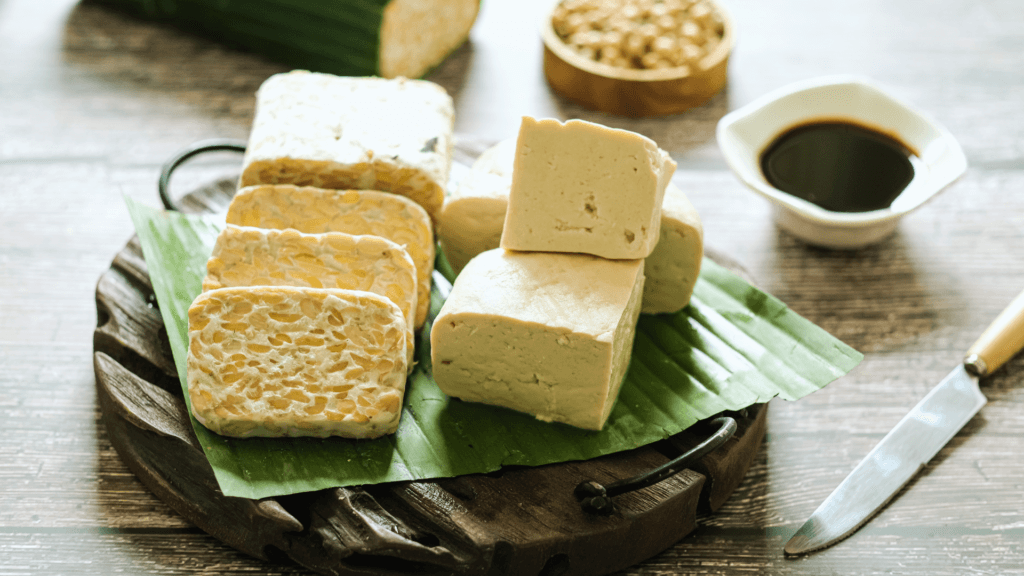
Fermented and traditional soy foods offer readily available iron:
- Tofu (3.4 mg per 100g) – This chameleon of plant-based cooking absorbs flavors beautifully while providing significant iron.
- Tempeh (2.7 mg per 100g) – The fermentation process improves iron absorption, giving tempeh an edge over many soy products.
- Natto (3.6 mg per 100g) – This traditional Japanese fermented soybean dish is particularly high in bioavailable iron and vitamin K2.
4. Nuts and Seeds: Concentrated Iron Sources
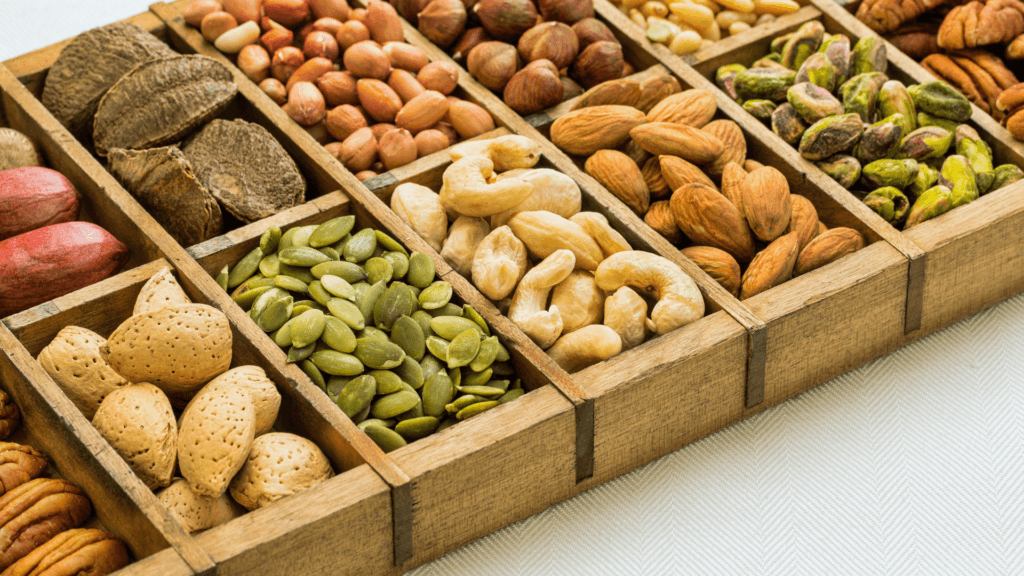
- Pumpkin Seeds (4.2 mg per ¼ cup) – These green powerhouses, also called pepitas, offer one of the highest seed-based iron sources.
- Hemp Seeds (2.4 mg per 2 tbsp) – Beyond iron, they provide complete protein and essential fatty acids.
- Cashews (1.9 mg per ¼ cup) – Creamy and versatile, cashews contribute iron while serving as a base for many vegan cheeses and sauces.
- Sesame Seeds (1.3 mg per tablespoon) – Tahini, made from sesame seeds, is an iron-rich addition to dressings and sauces.
5. Whole Grains: Sustained Energy with Iron Benefits
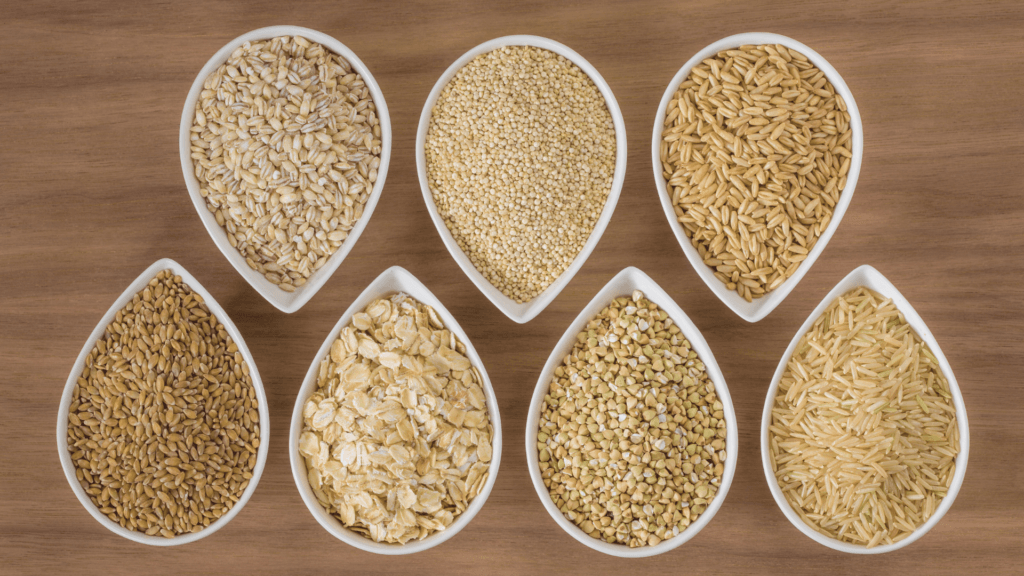
- Quinoa (2.8 mg per cup, cooked) – A complete protein and iron source.
- Oats (3.4 mg per cup, cooked) – Ideal for a hearty breakfast.
- Brown Rice (0.8 mg per cup, cooked) – Not as high in iron but still a good source when eaten regularly.
6. Dried Fruits (Sweet and Iron-Rich)

- Apricots (3.5 mg per ½ cup) – A naturally sweet iron boost.
- Raisins (1.6 mg per ½ cup) – Easy to add to oatmeal or trail mix.
- Prunes (0.9 mg per ½ cup) – Also great for digestion!
7. Unexpected Iron Contributors
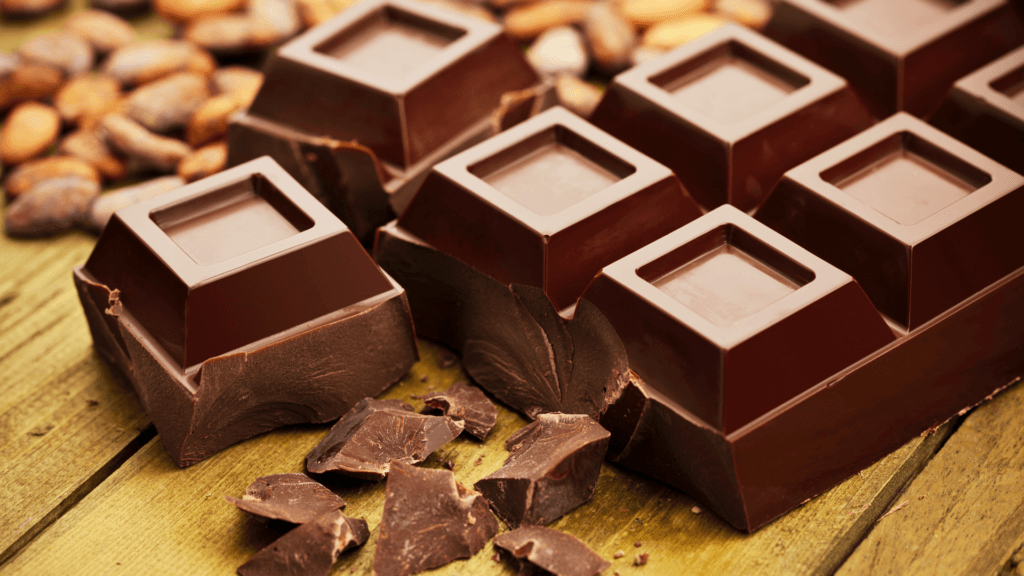
Several surprising plant foods contain notable amounts of iron:
- Blackstrap Molasses (3.6 mg per tablespoon) – This byproduct of sugar refining is concentrated with minerals.
- Dark Chocolate (3.4 mg per ounce, 70%+ cacao) – Indulge in this treat knowing you’re getting iron alongside antioxidants.
- Tomato Paste (1.4 mg per ¼ cup) – Concentrated tomatoes provide iron plus vitamin C for enhanced absorption.
- Spirulina (2 mg per tablespoon) – This blue-green algae is among the most nutrient-dense foods on the planet.
How to Absorb More Iron
Eating iron-rich foods is just the first step. You also need to make sure your body can use that iron.
Vitamin C: Iron’s Helper
Adding vitamin C to meals can boost iron absorption up to 300%. Try these easy combos:
- Add strawberries to your breakfast cereal
- Squeeze lemon on lentil soup or bean salads
- Mix bell peppers into tofu stir-fries
- Top spinach salad with orange slices
Watch Your Timing
Some foods and drinks can block iron absorption:
- Space out coffee and tea – Their tannins can cut iron absorption by 60%. Wait an hour before or after iron-rich meals.
- Time your calcium intake – Calcium competes with iron. Try to separate calcium supplements from iron-rich meals.
- Handle high-phytate foods wisely – Whole grains and beans contain phytates that bind to iron. Proper cooking helps reduce this effect.
Cooking Tips for More Iron
How you cook can affect how much iron you get:
- Use cast-iron pans – Acidic foods like tomato sauce can pull iron from the pan, increasing iron content up to 10 times.
- Soak, sprout, and ferment – These methods reduce phytates in grains and beans, helping your body absorb more iron.
- Chop garlic and onions – Cutting these foods releases compounds that help with iron absorption.
- Lightly cook some veggies – Cooking can break down cell walls and release more nutrients.
Easy Iron-Rich Meal Ideas
Lentil and Spinach Curry
Whip up this cozy dish with 1 cup of lentils (6.6 mg iron), 2 cups of spinach (5.4 mg), and a tomato base spiked with vitamin C. Simmer it with spices like turmeric and cumin for flavor. Estimated iron: ~12 mg per serving (2 servings total). Pair it with brown rice, and you’ve got a winner.
Quinoa-Stuffed Bell Peppers
Stuff bell peppers with 1 cup of cooked quinoa (2.8 mg), black beans (1.8 mg per half cup), and a handful of spinach (1 mg). Bake until tender. Estimated iron: ~5.6 mg per serving (2 servings). The peppers add vitamin C, making this a double win.
Pumpkin Seed and Dark Chocolate Trail Mix
Mix 1 ounce of pumpkin seeds (2.5 mg) with 1 ounce of dark chocolate (3.4 mg) and some dried apricots for a sweet C boost. Estimated iron: ~5.9 mg per serving (1 serving). It’s my go-to snack when I’m craving something quick and iron-packed.
You Can Thrive Without Iron Supplements
With smart food choices and cooking methods, vegans can maintain healthy iron levels without supplements. Mix iron-rich plant foods into daily meals and use absorption-boosting tricks for better energy and health—no animal products needed.
Consistency matters more than perfection. Build meals around beans, grains, nuts, seeds, and greens. Add vitamin C sources to create iron-friendly meals that support long-term health.
Now enjoy your lentil soup or tofu stir-fry with confidence!
